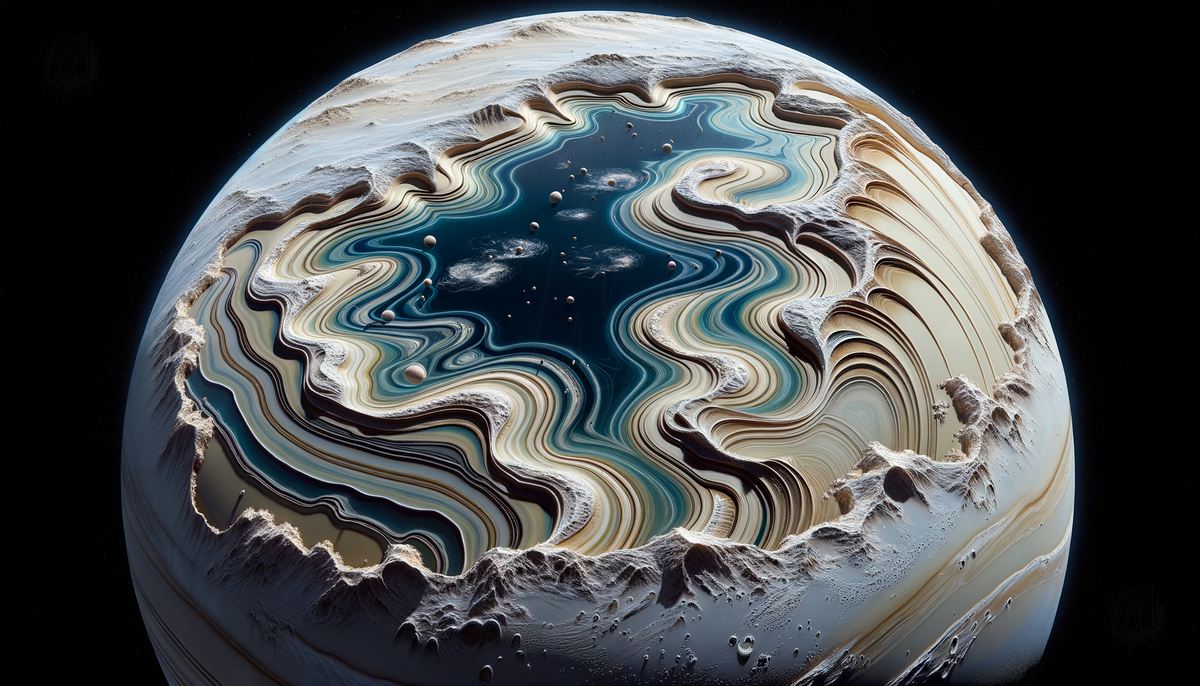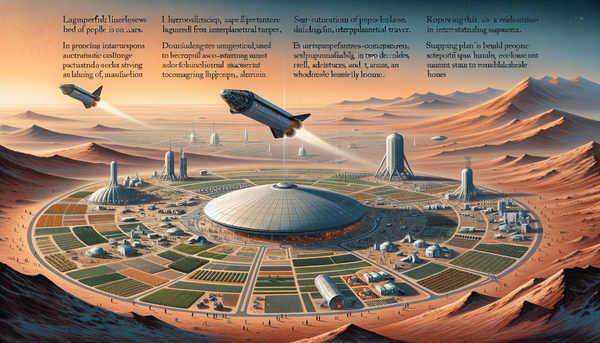Methane Waves Sculpting Titan's Lakes and Coastlines

Researchers from the Massachusetts Institute of Technology (MIT) have found that the shorelines of Titan's lakes and seas, composed primarily of liquid methane and ethane, may be shaped by wave activity. Using computer models to simulate various types of erosion, the team concluded that waves are the most plausible explanation for the erosion patterns observed in images captured by NASA's Cassini spacecraft nearly two decades ago. These findings, published in the journal Science Advances, could provide insights into Titan's geological history and climate.
The study indicates that waves of methane, ethane, and other hydrocarbons could be shaping Titan's coastlines, akin to the processes seen on Earth. The researchers emphasize that direct observations of wave activity on Titan's surface are necessary to confirm their findings. This knowledge could enhance our understanding of how coastlines form and evolve in environments devoid of human influence, as well as inform future missions such as NASA's planned Dragonfly mission, set to launch in 2028. Understanding wave activity on Titan could also improve models of the moon's atmosphere and predict how its seas' shapes might change over time.




